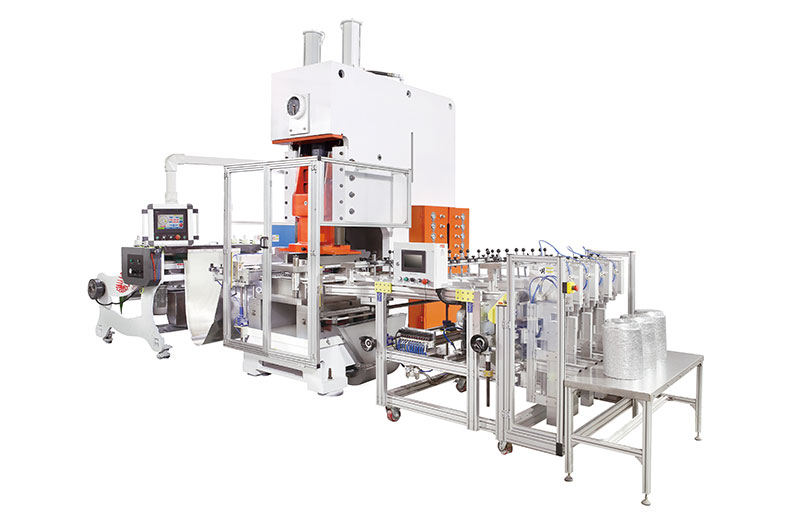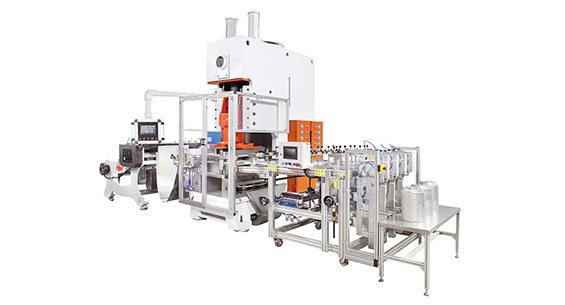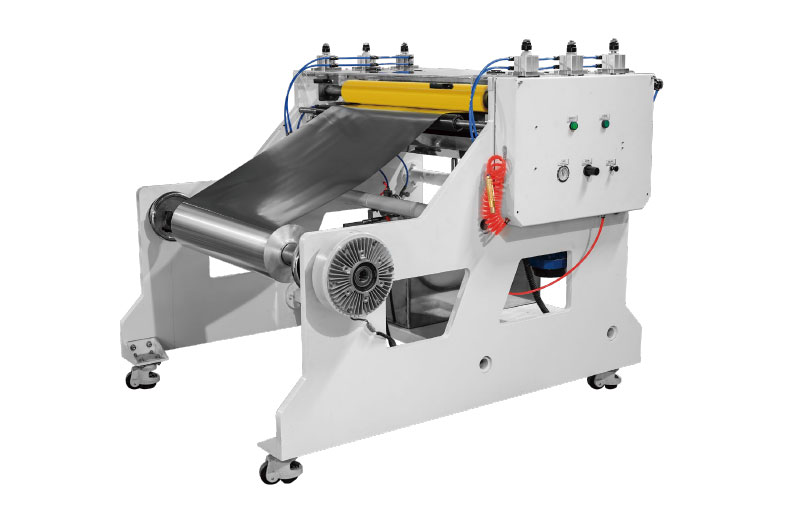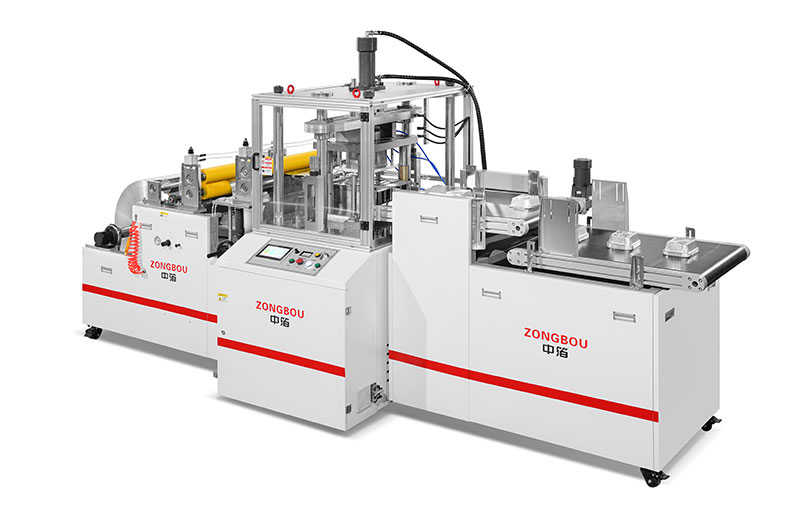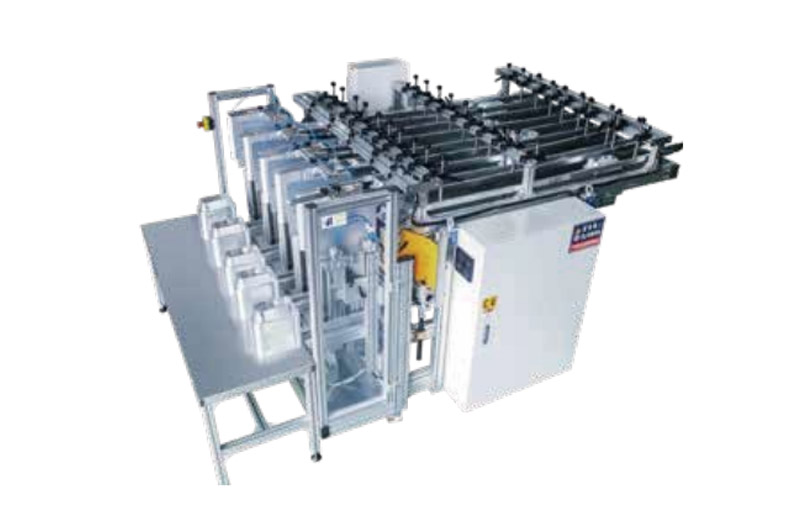How to Build an Aluminum Foil Container Manufacturing Line
Aluminum foil containers are widely used in the food packaging industry due to their lightweight, recyclability, and excellent heat resistance. Setting up an aluminum foil container manufacturing line requires careful planning, the right machinery, and an understanding of production processes. This article provides a step-by-step guide on how to establish an efficient manufacturing line, focusing on key equipment such as the aluminum foil container machine.
Step 1: Market Research and Business Plan
Before investing in machinery, conduct thorough market research to understand demand, competition, and potential customers (restaurants, catering services, food delivery companies). Develop a business plan outlining production capacity, budget, and sales strategy.
Step 2: Selecting the Right Aluminum Foil Container Machine
The core of the production line is the aluminum foil container machine, which shapes and presses aluminum foil into various container forms. Key factors to consider when choosing a machine include:
Production Capacity – Machines range from small (500-1,000 pieces/hour) to high-speed (3,000+ pieces/hour).
Automation Level – Semi-automatic (requires manual feeding) vs. fully automatic (continuous production).
Mold Compatibility – Ensure the machine supports different container shapes (round, rectangular, compartmentalized).
Material Thickness – Typically, machines handle foil thicknesses between 0.03mm to 0.2mm.
Step 3: Additional Equipment for the Production Line
A complete manufacturing line requires more than just the forming machine. Essential equipment includes:
1.Aluminum Foil Uncoiler – Feeds raw foil into the machine.
2.Punching Press Machine – Cuts and forms the containers.
3.Edge Rolling Machine – Strengthens container edges.
4.Printing Machine (Optional) – For branding or labeling.
5.Stacking & Packaging System – Automates packing for efficiency.
Step 4: Raw Material Sourcing
High-quality aluminum foil rolls (8011 or 3003 alloy) are essential. Ensure suppliers provide food-grade, corrosion-resistant foil with consistent thickness.
Step 5: Factory Setup & Workforce
Workspace Requirements – A well-ventilated, clean area with proper power supply (380V for industrial machines).
Workforce – Operators, quality inspectors, and maintenance technicians.
Step 6: Production Process
1.Feeding – Aluminum foil is unrolled and fed into the machine.
2.Pressing & Forming – The *aluminum foil container machine** stamps and shapes the containers.
3.Edge Rolling – Strengthens the rims for durability.
4.Quality Check – Inspects for defects like cracks or uneven edges.
5.Packaging – Containers are stacked, counted, and packed.
Step 7: Quality Control & Certifications
Ensure compliance with FDA, ISO, or EU food safety standards. Regular maintenance of machines prevents defects.
Step 8: Marketing & Sales Strategy
Target food service providers, supermarkets, and online marketplaces.
Offer customization (sizes, prints, logos).
Conclusion
Building an aluminum foil container manufacturing line requires investment in the right aluminum foil container machine, raw materials, and skilled labor. By optimizing production efficiency and maintaining quality, businesses can tap into the growing demand for eco-friendly food packaging solutions.


